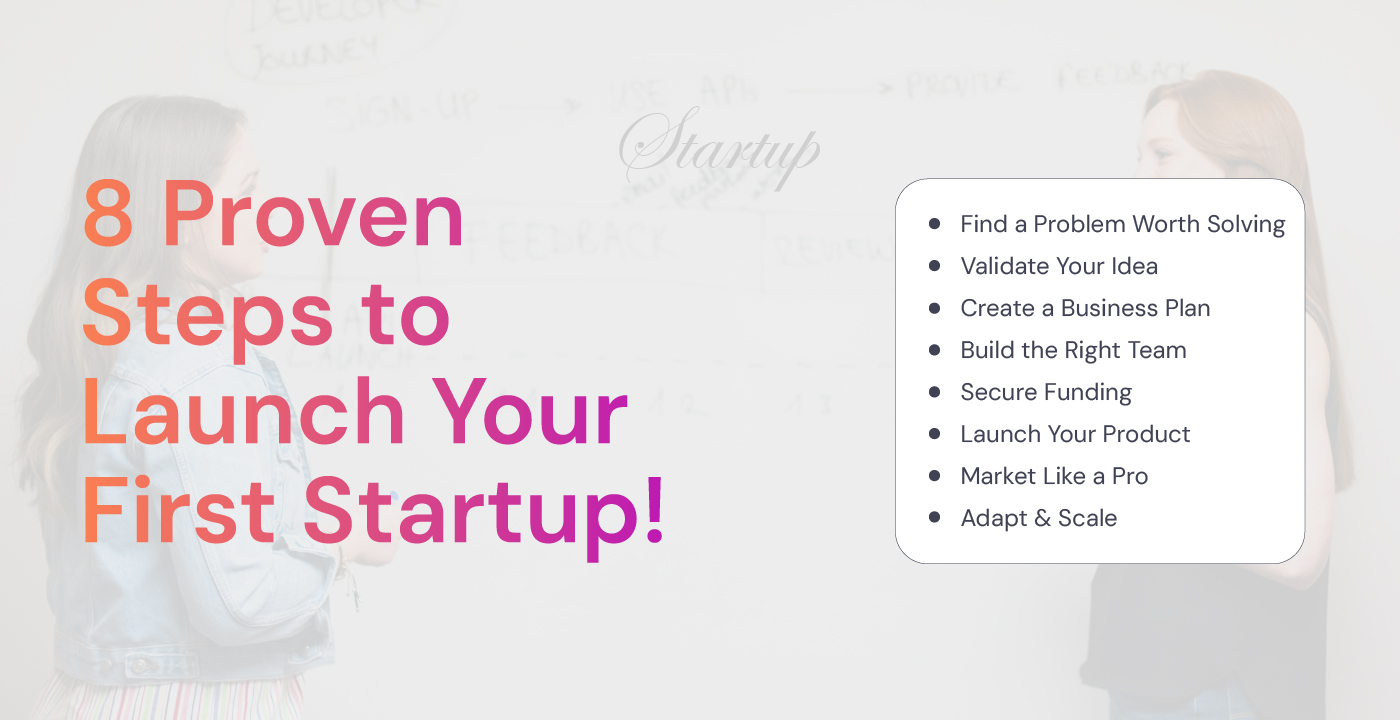Every founder hits this crossroads.
Your MVP is working, users are signing up, and your investors are finally paying attention.
Then someone asks the question that changes everything:
“Can your app handle 10x more users?”
That’s when you realize: speed was never the real challenge. Scaling is.
Most early-stage startups sprint to launch, but few plan for what happens after launch.
We have helped dozens of seed-stage founders build scalable apps that grow without chaos. And that’s why we have put together this guide to show you exactly how to future-proof your app, balance speed with stability, and adopt app architecture best practices that save you years of technical debt.
Why Does App Scalability for Startups Feel So Tricky?
Because early-stage founders live in two conflicting realities:
- You need to move fast to prove traction.
- You also need to build something that doesn’t implode when your first 1,000 users turn into 10,000.
At the seed stage, overbuilding is a waste, but underbuilding is suicide. That’s the tightrope every startup walks.
Scalability has nothing to do with bigger servers. It’s about smart architecture, the kind that keeps your product stable today and flexible enough to handle tomorrow.
Your app architecture best practices are your real growth insurance, and we have listed what you can do about it, the same mindset we apply when helping founders align their market research with real product development goals.
Step 1: Build for Change, Not Just Scale
Founders often confuse scaling with expanding.
But app scalability for startups is not about “adding more users.” It’s about handling change gracefully.
Your product will evolve.
Features will change. APIs will shift. Teams will grow.
If your codebase can’t adapt, you’ll pay in rework, not just infrastructure.
Follow this golden rule:
“The more assumptions you hardcode early, the faster you will break later.”
Build modular. Keep logic separated. Use APIs even if you own both ends. You don’t need microservices at MVP, but you do need clear boundaries between components.
That’s what separates a throwaway MVP from a future-ready app, the kind that can evolve without collapsing.
Team Doerz Tech uses the developer best practices for building scalable web applications for this same reason.
Step 2: Pick Scalable App Architectures, Not Shiny Frameworks
Every startup team wants to pick “the best stack.”
React Native or Flutter? Firebase or AWS?
Truth is: your architecture decisions matter more than your tools.
A scalable app architecture gives you breathing room to evolve. It lets you experiment, pivot, and refactor without rewriting your entire codebase.

Good app architecture best practices look like this:
- Separate frontend, backend, and data layers cleanly.
- Keep business logic independent from presentation logic.
- Use modular components so new developers don’t need a map to contribute.
- Avoid tight coupling; today’s quick fix becomes tomorrow’s bottleneck.
Step 3: Plan for Maintenance Like It’s a Feature
Here’s the part no one talks about:
Maintenance is 75% of your real cost. (Report by Galorath)
You will hire new developers, update frameworks, patch bugs, and respond to user feedback.
If your code is messy or undocumented, every tiny fix becomes a time bomb.
To build a scalable app, treat maintenance as part of your product roadmap, not an afterthought.
Use clean versioning.
Keep documentation updated (not perfect, just clear).
Automate testing early, even if it’s basic.
And keep in mind: a well-documented app is not a luxury; it is a scaling tool. This kind of long-term discipline is exactly what separates sustainable startups from lucky ones, a lesson we have talked about in our founder success framework.
Step 4: Keep Infrastructure Simple Until It Hurts
Early founders love overengineering.
They spin up Kubernetes clusters for an MVP with 200 users.
Stop.
Real app scalability for startups is about progressive complexity.
You should scale your infrastructure only when usage demands it.
Start with managed cloud services like Firebase, Supabase, or AWS Amplify.
They handle scaling for you until you hit real traction.
Once you see predictable growth, start breaking services apart strategically.
The goal is not to be “enterprise-grade.”
The goal is to stay fast, stable, and flexible.
Step 5: Build Observability Early
You can’t fix what you can’t see.
When something breaks (and it will), you need visibility.
Error tracking, performance monitoring, and logging are your early warning system.
This is one of the most underrated app architecture best practices.
Add lightweight tools like Sentry, LogRocket, or Datadog from day one.
Scaling goes beyond traffic numbers. It is about how your system holds up when things get intense. A future-ready app doesn’t just survive but it gives you clarity when you need it the most.
Step 6: Build Tech That Grows with Your Team
A scalable product means nothing if your dev team can’t scale too.
The best app architecture best practices make it easy for new developers to onboard fast, understand dependencies, and ship confidently.
Use naming conventions.
Define folder structures.
Adopt code review habits that protect quality and speed equally.
This is not bureaucracy. It’s basic survival.
Every hour saved in onboarding is another week you can spend building growth.
Remember: the easiest app to scale is the one everyone understands.
Build for the Next Round, Not Just the Next Release
Your MVP got you here.
Your architecture will take you further.
The founders who win are not the ones who move the fastest, they are the ones who can keep moving without breaking everything.
App scalability for startups is not about doing more.
It’s about doing smart, building in a way that survives growth, pivots, and investor scrutiny.
So start now.
Adopt app architecture best practices before chaos starts costing you the runway.
Final Word: Grow Without Breaking
Your app’s future depends on the foundation you lay today.
Make it scalable, maintainable, and flexible.
Because in startups, your next bottleneck always comes faster than you think.
And when it does, the founders who built with intention win every time.
If you are at the seed stage and want to plan a scalable app architecture that’s clean, stable, and growth-ready, Team Doerz Tech can help.
Let’s map your architecture plan that grows with your vision, without slowing your momentum.









